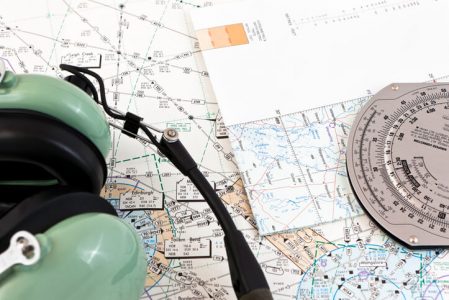Your domestic flight plan with ICAO’s format doesn’t need to be a chore
We’re a few months into the ICAO flight plan transition for domestic flights, and so far, it’s gone pretty well, but there are still some small mistakes that could get your flight plan kicked out of the ATC system.
The good news is that if you file through ForeFlight, Garmin Pilot, or Fltplan.com, you might not even notice much of a difference. They have done a lot of work behind the scenes to make it basically “pilot proof.” The download is 12 pages long so we pulled some highlights out of the guide:
- Do not add a K to non-ICAO airport identifiers. ATC will reject it. For instance, 35A is not K35A. Leave the K at home.
- Duplicating the departure or destination airport identifier will result in ATC rejecting the route.
- Don’t file the destination airport as an alternate.
- All ATC routes must be coded with an entry fix on the airway, followed by the route designation, followed by the last fix on the route where you will exit the route.
- Don’t file to non-pronounceable computer navigation fixes (they will be in parenthesis and start with CF). It will be rejected.
- Don’t file using an ILS DME Localizer fix (for example, IUZA).
- If you are flying a jet, do not file procedures for prop or turboprop planes only (and vice versa).
- Do not file any SID or STAR that is “ATC Only” by NOTAM (or the chart says “Assigned by ATC only”)
- Make sure you specify your N number, including the N.
- Use the route advisor tool (on Maps or Flights view) to select your route and use Procedure Advisor (on Maps) to enter arrival and departure procedures.
- Filing an RNAV SID or STAR in a domestic flight plan will get rejected. Instead, delete the SID/STAR or file with the ICAO format and the appropriate PBN code (usually D2).
- Filing a SID without a transition fix specified in the SID or the common route will result in a rejection. SIDS must always be the first entry in a route.
- The same applies for a STAR – The STAR must be the last element in the route and the transition fix must precede it. If you don’t file an appropriate transition fix, ATC will reject the flight plan if they interpret an invalid transition fix.
- In Alaska, do not include an airport in the route field for any flight plan that enters Alaskan airspace.
- Once you have filed in Honolulu, you can’t cancel, amend or delay your flight plan without contacting Honolulu center directly.
- Avoid using fixes on an approach that are not an IAF – they are at high risk for not being recognized by the ATC computer.
- Do not use 2 character identifiers for LOM. ATC will reject them. Instead, use the 5 character waypoint name.
- With VOR’s being decommissioned, some airways are broken into segments. If you file across the break, ATC will reject your route.

There are still many ways to be rejected by ATC – a problem we don’t want to have. If you are filing on your own, review the ForeFlight Quick Reference Guide. It is full of useful information for properly filing an ICAO flight plan. Filing the right way from the start will help you avoid many issues and delays while ATC asks you to revise your plan. Or better yet, file your flight plan with ForeFlight, Garmin Pilot, or Fltplan.com. They’ve already done the work for you!
RELATED READING
RELATED CTS TRAINING










